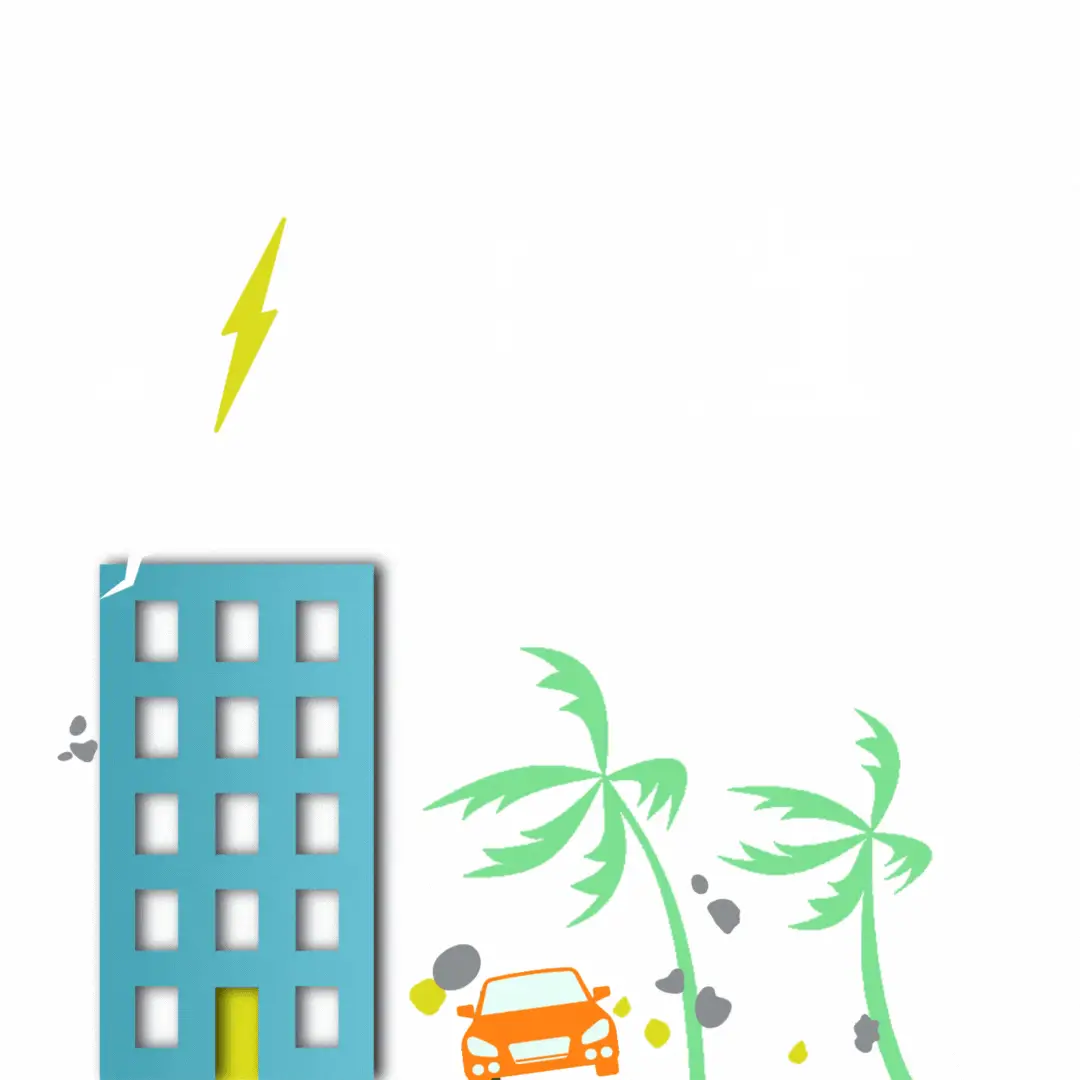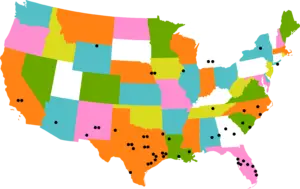NavSav Emergency Response

Level 1 – Zero to light impact to business and services with storm preparations considered. Support services, communication & technology all operating normally. Customer service not impacted. No impact on corporate systems and resources.
If you have questions regarding an event or sustained damages related to an event, please contact HR@navsav.com
Resources
Polar Vortex Monitoring & Preparedness
January 17, 2025
We are actively tracking a polar vortex expected to impact large parts of the U.S. in the coming days. Please ensure your location is prepared and that operations remain as smooth as possible.
What to Do:
- Monitor your local conditions and follow procedures for weather-related disruptions.
- Report any operational issues to your direct report immediately.
- Stay informed through email and GroupMe for NavSav updates.
- Check that your emergency contacts are up to date.
Click below for more information from these resources. Please note for any energy that might require generator use, place it outdoors in a well-ventilated area away from doors and windows. Carbon monoxide detectors are crucial to alert you to any dangerous levels of this odorless gas. See the resources below for tips on how to keep yourself and your loved ones safe during any type of emergency event.

NavSav Insurance Disaster Preparedness and Response Policy
At NavSav Insurance, your safety and well-being are our top priorities. In the event of a disaster, it’s crucial to have a clear plan in place. Subscribe to NavSav updates on groupme, Update your contact information in Bamboohr, notify your direct report of evacuation plans.
For More Information:
Visit the HR page on the intranet or contact Human Resources at HR@navsav.com for any questions or concerns regarding disaster preparedness and response.

Subscribe to the thread here:
https://groupme.com/join_group/96022240/VxZbB8mi
This thread is a dedicated notification system. This is not a social chat channel. All message will be related to any emergency response that affects our agencies, widespread customer base or company as a whole.

Disaster Response Guidance
Remember, your safety comes first. Follow these steps and best practices to navigate disaster events effectively. By staying informed, prepared, and connected, we can work together to ensure the well-being of all NavSav Insurance employees. Your cooperation is appreciated and vital in maintaining a safe environment for everyone.

1. Stay Informed:
Stay connected by subscribing to our group emergency thread. This will provide you with real-time updates and important information regarding disaster events.
2. Check the Employees Page:
Regularly visit the designated employees’ page on our website for detailed disaster response guidelines, emergency contact information, and resources to help you stay informed and prepared.
3. Contact Your Direct Supervisor:
In case of a disaster, immediately contact your direct supervisor to update them on your safety and whereabouts. Your supervisor will provide guidance and support based on the situation.
4. Fire:
Evacuate the building following established evacuation routes.
If trapped by smoke, stay low to the ground and cover your nose and mouth.
Do not use elevators during a fire evacuation.
5. Flood:
Move to higher ground if you’re in a flood-prone area.
Avoid walking or driving through flooded areas.
Disconnect electrical appliances and turn off utilities if safe to do so.
6. Hurricane / Tornado/ Wind Event:
Stay indoors and away from windows during the storm.
Secure outdoor objects where possible.
Listen to weather updates and follow evacuation orders if necessary.
7. Mudslides:
Move to higher ground if you’re in an area prone to mudslides.
Avoid driving on roads prone to mudslides during heavy rainfall.
Stay indoors during heavy rainfall and monitor local advisories.
8. Earthquake:
“Drop, Cover, and Hold On” during an earthquake: drop to the ground, take cover under sturdy furniture, and hold on until the shaking stops. Stay indoors away from windows and exterior walls during the quake.
Be prepared for aftershocks and move to an open area once the shaking stops.
9. Ice Storms or Blizzard Conditions:
Check weather forecasts and road conditions. Stay updated on extreme cold alerts and icy roads through local news or apps.
Prepare an Emergency Kit: Keep an emergency kit in your vehicle with blankets, warm clothing, snacks, a flashlight, a first-aid kit, and a phone charger.
Drive Cautiously or not at all: If the roads are icy, drive slower, increase following distance, and use gentle acceleration and braking on icy roads.
10. Mass Power Outages:
Remain calm. Mass power outages can be stressful, but staying composed is essential for making safe decisions.
Check for Information: Local authorities and utility companies may provide updates and instructions.
Communicate: Stay in touch with neighbors, especially if someone requires assistance. Share resources and information with each other to support the community.

Threat level indicators

Threat Level Descriptions:
Level 0 – No Threat, Zero impact to business and services, with no impact on corporate systems and resources. Support services, communication & technology all operating normally.
Level 1 – Zero to light impact to business and services with storm preparations considered. Support services, communication & technology all operating normally. Customer service not impacted. No impact on corporate systems and resources.
Level 2 – Light to Moderate impact to business and services, with some impact on corporate systems and resources. Evacuations/ Closures are being considered and storm preparations and planning underway. Support services, communication & technology all operating normally. Customer service moderately impacted.
Level 3 – Moderate to Major impact to business and services, with minor impact on corporate systems and resources. Support services, communication & technology operating under pressure. Customer services limited.
Level 4 – Major to Severe impact to business and services, with Moderate impact on corporate systems and resources. Support services, communication & technology limited. Customer services serenely affected.




